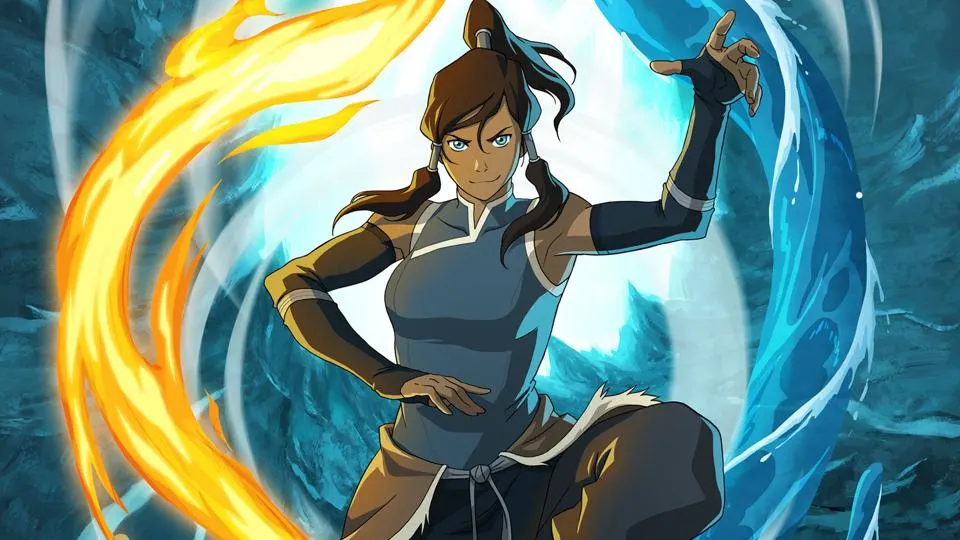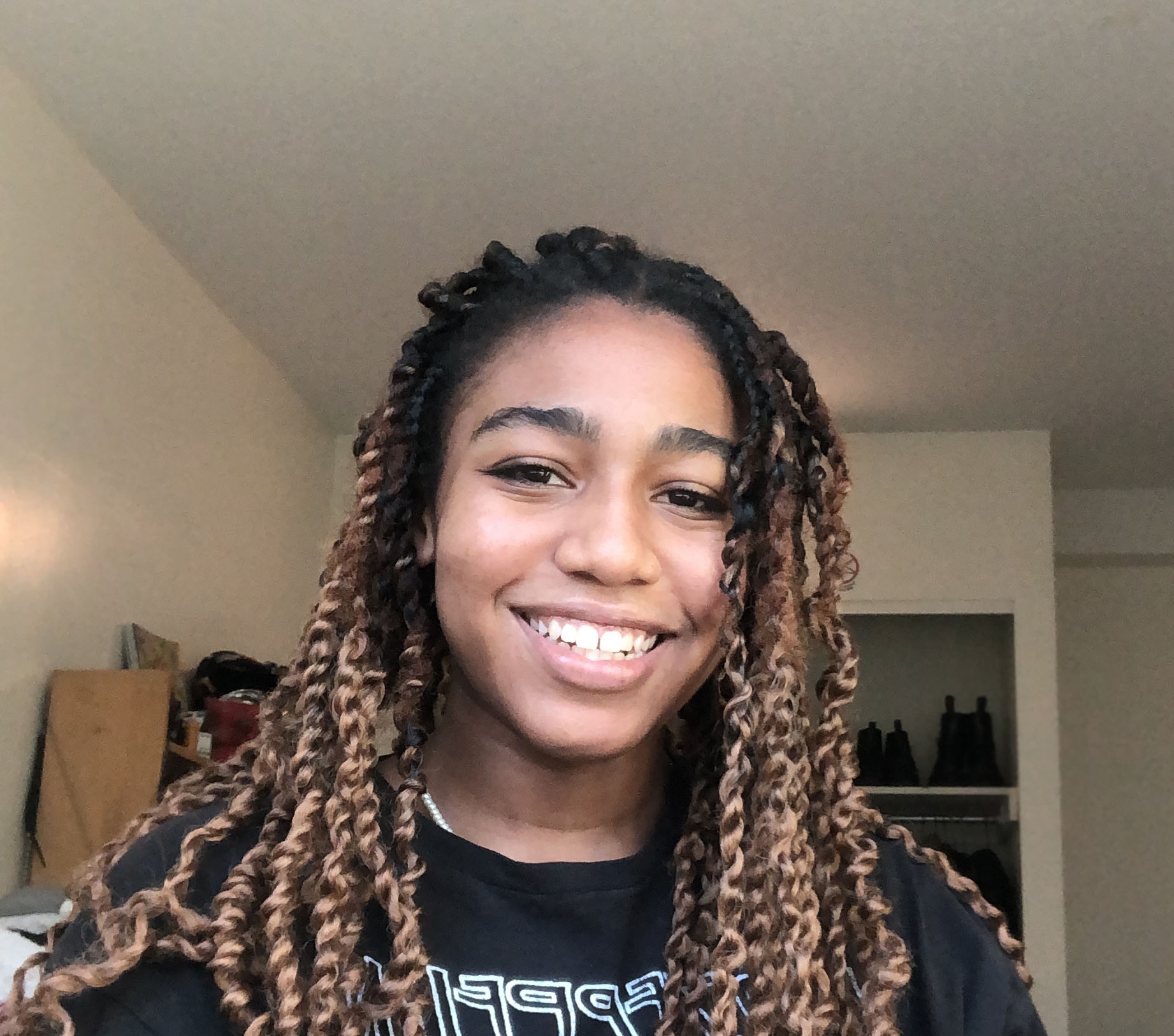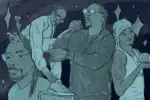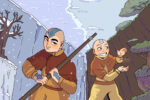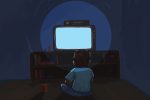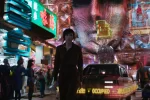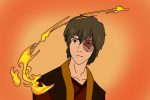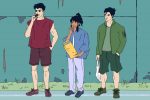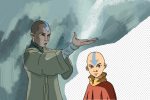In 2010, Nickelodeon announced a sequel series to their hit show “Avatar the Last Airbender,” and expected it to air the following year. The show was met with general criticism, though much of the backlash surrounding “The Legend of Korra” had little to do with the avatar herself. The show was announced the same year the notoriously horrible live action movie adaptation, directed by M. Night Shyamalan, premiered. After ending the original series with many unanswered questions and the movie that many still refuse to associate with the show, fans were less than receptive to Nick’s new avatar. Showrunners had enormous shoes to fill with Korra, and in both good and bad ways, it doesn’t seem like they tried.
Since Korra is the avatar immediately following Aang, many were left wondering what happened to the original characters they came to love in the first series. The spinoff began to fail its fans here — the original characters are hardly explored, and their brief moments of mention create even more questions for viewers. Naturally it is assumed that Aang has died as Korra has succeeded him, but no mentions of his death are given. He appears to Korra as a spirit on multiple occasions, though he’s not as old as one would expect. Katara is introduced in the show’s first episode, but she feels more like fan service than a continuation of her younger self. The same can be said for Zuko, who briefly appears in the show’s third season. Sokka appears in a singular flashback with no further mention and Suki (who is definitely a part of the Gaang) doesn’t appear at all. Of all the original characters, Toph becomes the most significant. She has kept her combative demeanor and earthbending expertise but her transition from teenage fugitive to police chief to swamp resident feels uncharacteristic.
Despite airing on Nickelodeon, The Legend of Korra was grittier and more mature than The Last Airbender. With older characters and an avatar more inclined to rage, the show appears constricted by its network. Unable to commit fully to an older audience, the show’s childish humor makes its adult themes and fight sequences stand out uncomfortably. And stand out they do — Korra’s story is a bit less cohesive than Aang’s. The original series followed 12-year-old Aang on his journey to master the four elements and end the 100 Year War with the Fire Nation. Because of this, the show inevitably deals with suffering: the war resulted in the eradication of the airbending people, Katara and Sokka’s mother was killed in a raid and villain-turned-friend Zuko dons a burn scar covering half of his face after a battle with his father. Yet much of this violence is offscreen — viewers watch the kids grapple with their trauma and engage in the occasional, but brief, battle.
Korra’s growth is driven by the events of each season and viewers watch her go from a wide eyed, hotheaded teenager to a mature, albeit traumatized adult avatar. Much of the show’s appeal is largely in part due to its elevated villains with their noble aspirations and excessive actions. In the first season, we are introduced to Amon, leader of the anti-bender revolutionist group. He aims to create an equal world without bending, citing the harm done by benders to those without the ability. He also boasts the capability to permanently remove bending through disrupting chi flow. In the first season we see Korra struggle with her spirituality and airbending. She unlocks the latter only after some severe trauma: her bending is taken away by Amon, and he threatens to kill her love interest. In the end, her bending is restored by Aang but the season ends with the murder-suicide of Amon and his brother, shown onscreen.
The third season, arguably the best yet the most violent, introduces The Red Lotus, an anarchist group that aims to unify the world by having spirits and humans coexist. This season’s violence was almost excessive — leader Zaheer uses airbending to suffocate the Earth queen, the Red Lotus’ waterbender Ming-Hua is electrocuted after being struck with lightning, combustion bender P’Li inadvertently blows herself up after her head is encased in metal and lavabender Ghazan brings a cave down around himself declaring that he refuses be imprisoned. Even worse, Korra is poisoned with mercury and forced into the avatar state to save her life and defeat Zaheer. The season concludes with Korra temporarily paralyzed and the final season begins with her struggling with PTSD.
As a standalone show, Korra excels — viewers watch her mature and find balance between avatar and adult. Though Korra is quite the titular character, her growth is made possible by the quality of her villains. Each with a strong and seemingly noble motive, she ends each season with a new perspective on both the harm and good the avatar brings to the world. As a continuation of the first series, the show is disappointing. Fans see none of the cohesive story building they grew to love and are left with more questions than answers about the fate of the Gaang.


